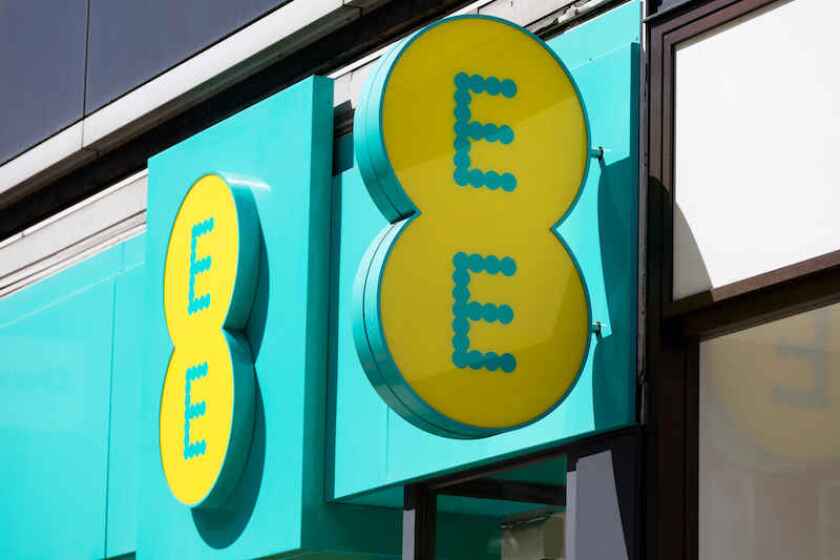The functionality is provided by the respective RAN equipment supplier on each of EE’s sites.
Based on predicted periods of low traffic, which have been established for each site through machine learning, the cell sleep technology puts 4G LTE capacity carriers to sleep when the capacity is not needed, and then automatically “wakes up” during busier periods.
This happens in a matter of seconds if traffic is higher than the algorithm predicts.
Combined with a “deep sleep” mode which enables an even lower power mode, BT expect the technology to deliver energy savings of up to 2 KWh per site per day.
This translates to 4.5 million KWh per year across BT’s portfolio of network equipment, reducing its demand on the grid.
BT Group’s chief network officer, Greg McCall said there is huge potential for energy savings across its networks by dynamically matching power consumption against network usage.
“The optimisation and roll-out of cell sleep technology to over 19,500 sites across the UK is a significant milestone in achieving this, and an important development in countering the massive growth in data consumption we’re seeing across our networks,” McCall said.
BT Group’s networks account for around 89% of its total energy consumption. As a result, the group says increasing network energy efficiency is integral to its ambition to become a net zero carbon emissions business by the end of March 2031.






